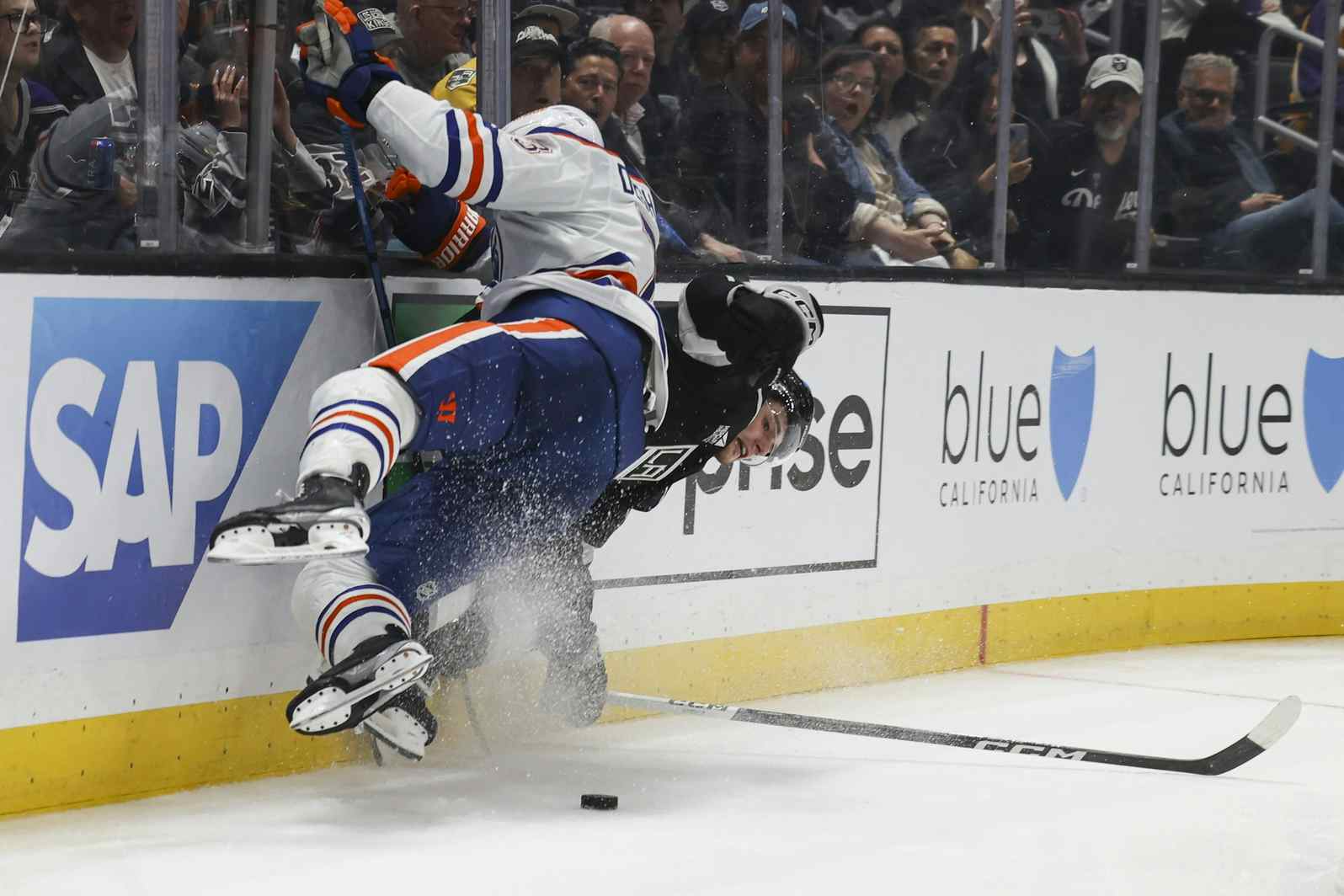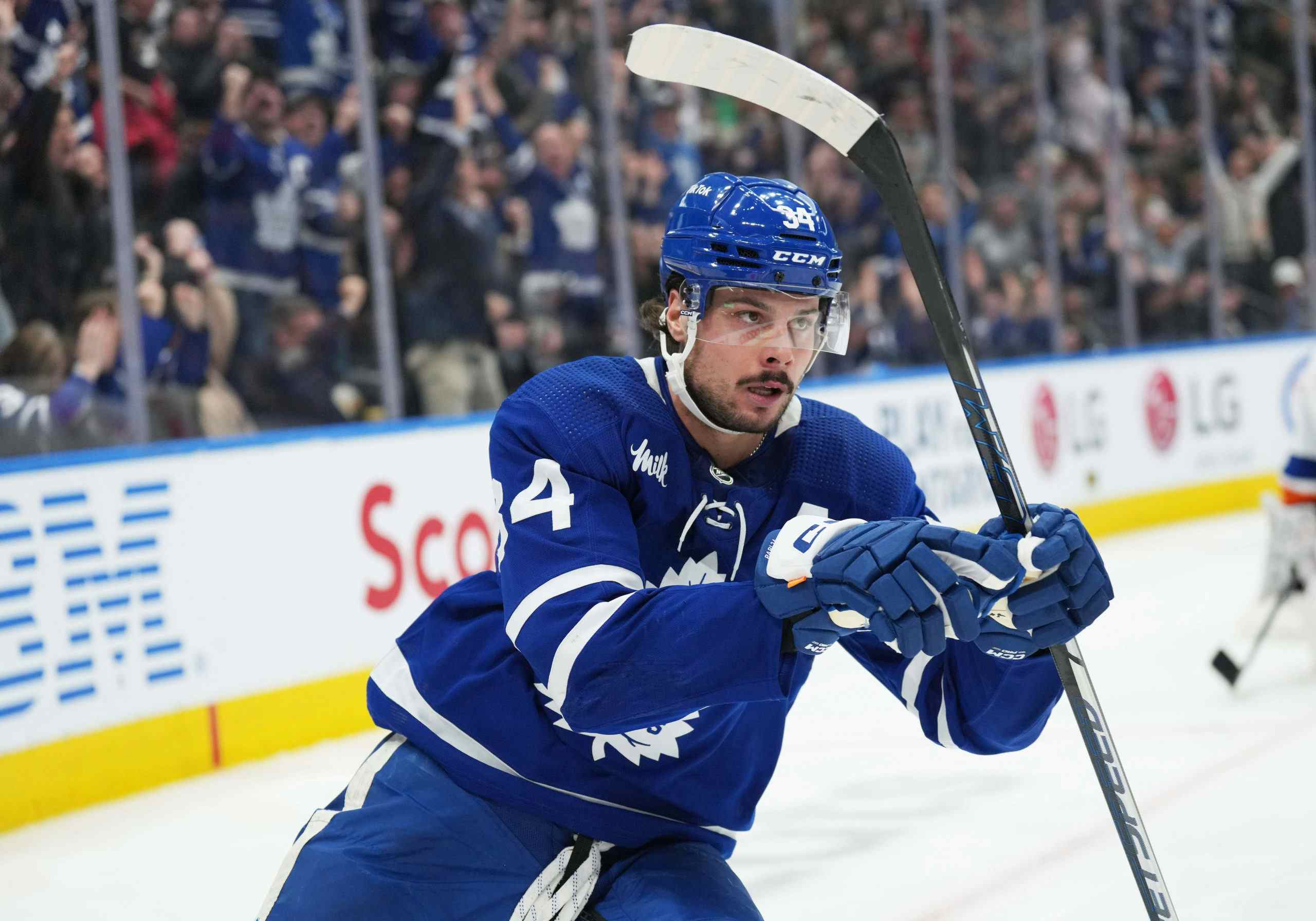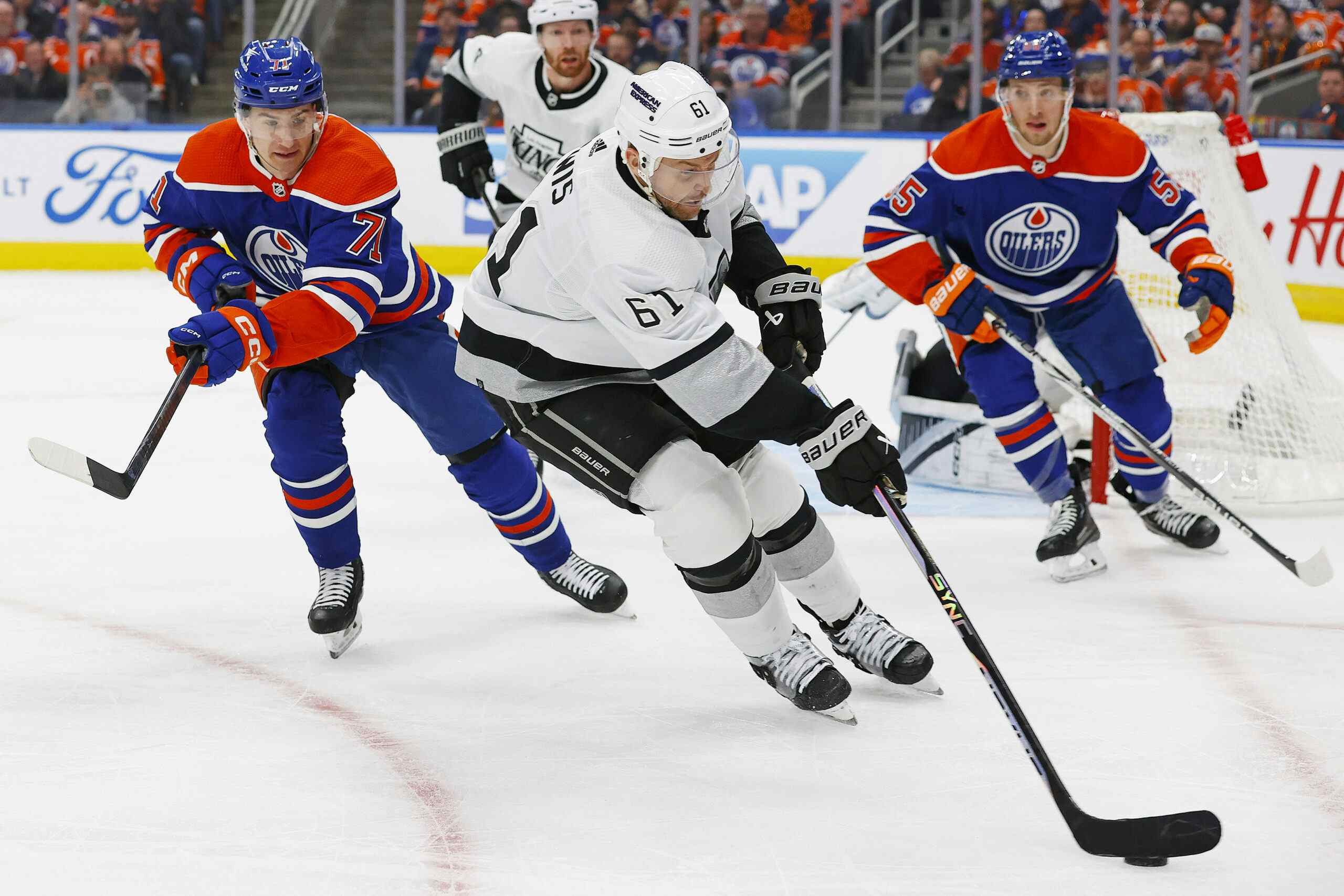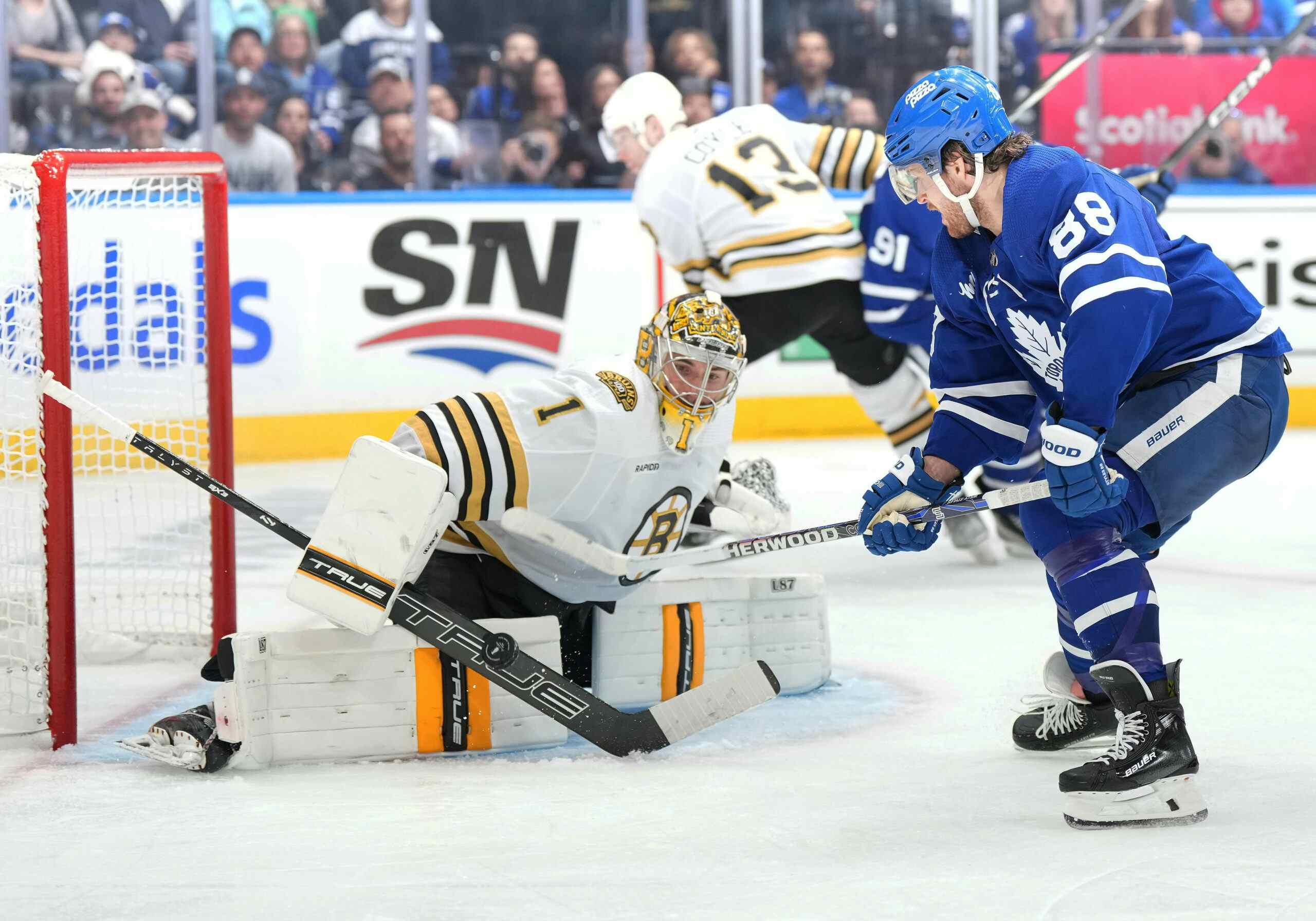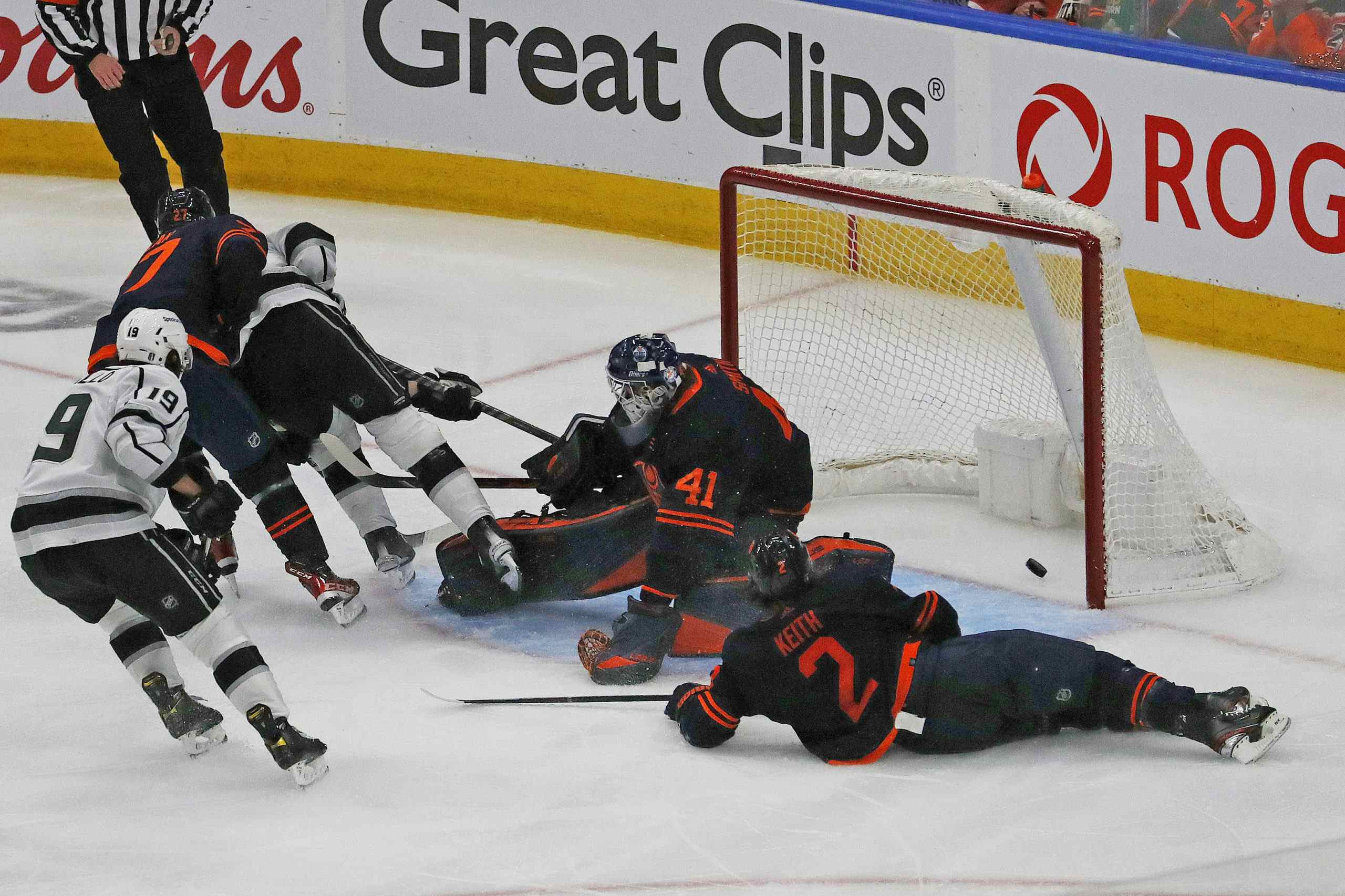Character & Culture
Team culture and player character isn’t an issue I generally spend a lot of time on, for a few different reasons. I’ve always believed the off-ice stuff, while not inconsequential, is certainly auxiliary to the on-ice stuff. Additionally, I’m woefully ill-qualified to comment on how the players act off the ice, and even if I did spend a significant amount of time with the team my views would at best be incomplete – I can’t actually get inside player’s heads. Needless to say, on-ice body language is a less than perfect indicator.
However, given Steve Tambellini’s emphasis on character and culture change, I thought it might be interesting to take a look at how the roster he inherited in the summer of 2008 has turned over, and see if we can’t get some feel for direction.
THE COACHING STAFF
Lauded as perhaps his biggest move to date when it happened, Steve Tambellini brought in an all-star coaching group to replace Craig MacTavish and his mostly (Kelly Buchberger!) fired staff. Tom Renney and Wayne Fleming were brought in as supporting players to Pat Quinn, a veteran coach and manager with an impressive resume, and a man who Steve Tambellini had reams of experience with. Tambellini made no secret of what he viewed Quinn’s strengths as:
"If I think of leadership, I think of Pat. If I think of the way you want to be treated as a player, I think of someone like Pat Quinn. If I think of someone who sets an example morally for an organization of how to go forward, I think of a man like Pat Quinn. I am very excited that he accepted this job as head coach of the Edmonton Oilers."
In retrospect, Quinn was a poor choice to lead the club. Eschewing line matching, Quinn set out to put together a balanced group from an imbalanced roster, and it resulted in things like Jean-Francois Jacques on the top line and the fourth line finding itself on the ice for defensive zone draws against the Sedin twins. Additionally, there were persistent rumours that the players themselves were dissatisfied with the way Quinn was running things, and that the locker room was unsettled under his leadership.
Steve Tambellini has hit the reset button, installing Tom Renney, who he (also) praised as a leader but who also during his days in New York favoured a more tactical approach to bench management – line matching, in-game line switching, defensive zone specialists.
THE PLAYERS
Looking at the list of players sent away during Tambellini’s time at the helm, I wasn’t surprised to find a veteran flavour to the group, but I was surprised at just how many players generally regarded as leadership types were sent away. The veteran core from the 2006 club was (generally rightly) sent down the line: Ethan Moreau, Steve Staios, Fernando Pisani, Dwayne Roloson. Other veterans, people like Erik Cole, Lubomir Visnovsky, Mike Comrie, Denis Grebeshkov, Mathieu Garon were also sent away. The departed group also included some youth (Brodziak, Pouliot, Nilsson, O’Sullivan, Stone, Potulny) but a lot of key veterans formed the core of the group.
Unsurprisingly, the current team has a much smaller veteran presence. In net, Nikolai Khabibulin will provide leadership, if healthy and if his reputation hasn’t suffered too much from the events of this past year. The defence has some veterans and young veterans – James Vandermeer and Jason Strudwick (if he makes the team) in the former category, and players like Tom Gilbert, Ryan Whitney and Kurtis Foster in the latter group.
The latter three in particular are important; Gilbert’s the sole player still in the long-term plans from Kevin Lowe’s 2008-09 top four and brings some continuity, while Ryan Whitney’s attitude was widely praised by the local media after his arrival in Edmonton. Kurtis Foster, meanwhile, made a remarkable NHL comeback last season after recovering from a nearly career-ending injury and the death of his daughter. Sheldon Souray, once seen by the fan-base as the team’s next captain, is a wildcard after publicly trashing the management skills of Steve Tambellini, and the team hopes to have him dealt before the season starts.
Up front, the list of veteran players is decidedly empty, as rookies are pencilled into key positions and young players like Sam Gagner, Gilbert Brule and Andrew Cogliano continue to hold important roles. Shawn Horcoff, Ales Hemsky and Dustin Penner are the key veterans, but how they fit into a leadership scheme is open to question: Horcoff has baggage in the form of health concerns, a big contract and diminishing performance, Hemsky’s leadership has often been questioned, and Dustin Penner was a frequent whipping boy in year’s past and was described by one local reporter as “the NHL poster boy for comfort zones and inconsistency.”
After those three, the list gets shorter. Aside from the youngsters – I’m thinking here of Gagner, Brule and Eberle – the only other obvious leadership candidates are role players like Colin Fraser, Ryan Jones and Zack Stortini, and while character may be a strength for all of them they’re still in their mid-20’s and given the current roster it seems likely all will be asked to fill roles they’ve never been asked to fill before.
WHAT I AM GETTING AT HERE
I’m not overly worried about the lack of veteran leadership here, mostly because I think that a) it’s an auxiliary issue that gets overhyped and b) a player doesn’t have to be 25+ years old to have a solid character and inspire his teammates around him. On the latter point, guys like Ladislav Smid and Zack Stortini show the same kind of willingness to sacrifice themselves physically as strong Oilers role players of the past – guys like Jason Smith and Mike Grier – did. Even a player like Tom Gilbert, with his flowing locks, preference for positional play over taking the body, and prototypically masculine blog, blocks shots without hesitation.
I do, however, struggle to reconcile Steve Tambellini’s repeated public emphasis on fixing the Oilers’ culture and bringing in the right kind of people with his actions. He’s razed the leadership group from the Kevin Lowe days – and not without reason, it must be said – but he hasn’t brought in a leadership group of his own, instead choosing to toss in the odd guy like Strudwick to bolster a relatively young group.
Again: I’m not saying that’s wrong; maybe the best course of action is to put the responsibilities on the shoulders of these players at a young age. There are different ways to rebuild: the 2005-06 Penguins took the more typical approach, surrounding youngsters with experienced leaders, and that’s what I expected from Tambellini but haven’t seen. Then again, the 2007-08 Blackhawks went about things differently – much more like Tambellini has – and that turned out okay.
Recent articles from Jonathan Willis


